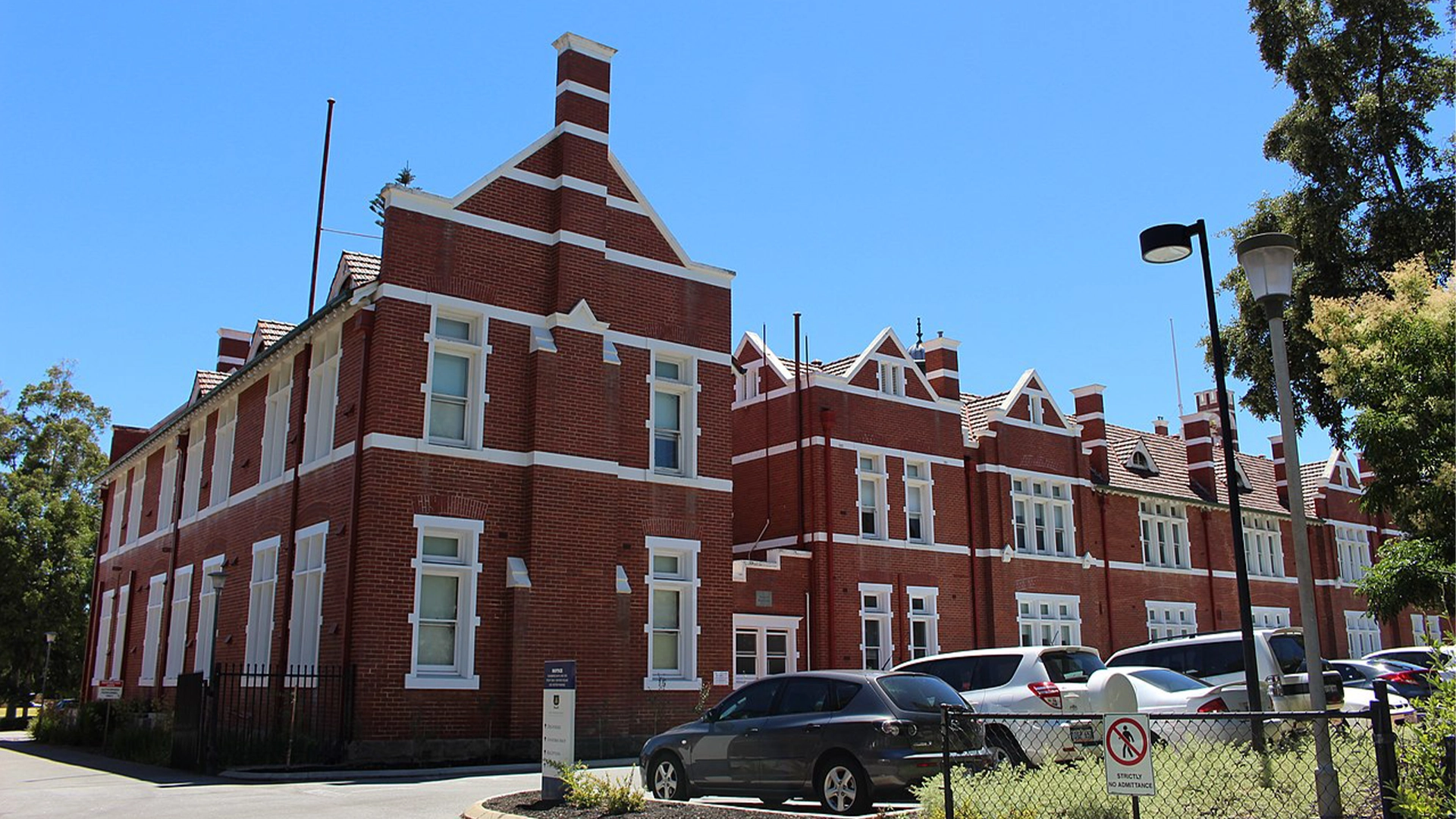
25 Oct Perth’s Property Market: Housing Shortages, Rental Pressures, and Investment Outlook
Perth is in the midst of a property market defined by both opportunity and challenge. On one hand, record-low unemployment and strong interstate investor demand highlight the city’s resilience and growth potential. On the other, Perth faces a critical housing shortage and a rental crisis that is placing extraordinary pressure on both supply and affordability.
For stakeholders across the property finance landscape — from developers and builders to investors and lenders — these conditions underscore the importance of understanding the interplay between economic fundamentals, housing supply, and demand dynamics.
A Labour Market at Record Strength
Western Australia continues to demonstrate economic resilience, supported by resource exports, infrastructure investment, and a buoyant labour market. Recent figures reveal that WA is experiencing record-low unemployment, with the number of job vacancies equivalent to more than 10% of people not currently in the labour force.
While this reflects a strong economy, it also highlights the skills shortage confronting the state. Industries such as construction are particularly affected. With labour availability stretched, project timelines extend, and cost pressures mount. For the property market, this creates a structural challenge: even where demand for housing is high, the ability to deliver new supply is constrained by the availability of skilled workers.
Housing Shortages and Supply Constraints

Perth faces a significant housing shortfall. Estimates suggest that between 22,000 and 85,000 additional homes will be required within the next few years to meet projected demand. Current construction rates fall well short of the level needed to address this gap.
Several factors compound the shortage:
- Construction bottlenecks: Labour shortages and supply chain disruptions have limited the pace of new builds.
- Population growth: Migration and interstate arrivals have boosted demand for housing stock.
- Investment lag: Developers are hesitant to commit to projects without confidence that construction costs and timelines can be managed effectively.
The result is a market where demand outstrips supply, particularly in affordable housing categories.
Government Responses and Possible Solutions
Addressing Perth’s housing shortage requires coordinated action. The state government is expected to play a central role in incentivising new construction while also creating pathways to expand the skilled workforce.
Potential solutions include:
- Rapid housing initiatives: Policies that fast-track planning approvals and prioritise high-density development in key corridors.
- Skills training and migration programs: Attracting tradespeople and construction workers into the sector through targeted visa schemes and vocational incentives.
- Public-private partnerships: Collaborating with developers and financiers to deliver large-scale housing projects more efficiently.
Such measures will take time to have an impact, but without them, the supply-demand imbalance is likely to persist well into the medium term.
The Rental Crisis Intensifies
Perhaps the most immediate pressure point is the rental market. Perth’s vacancy rate fell to just 0.6% in December 2023 — far below the 2.5% to 3.5% typically considered a balanced market. This shortage has resulted in unprecedented competition for available properties, with reports of up to 150 applicants vying for a single unit.
The crisis is particularly acute in affordable housing brackets. In many suburbs, the number of homes advertised at $450 per week or less has fallen to single digits. As a result, rental affordability is being tested across much of the metropolitan area.
Median advertised rents continue to climb, reflecting the scarcity of stock. For tenants, this represents a growing cost burden. For investors, it highlights strong gross rental yields — a factor that has drawn attention from interstate buyers.
Price Trends and Market Confidence
Despite affordability challenges in the rental sector, Perth’s housing market remains robust. Median house prices were forecast to reach between $704,000 and $718,000 by the end of the 2023-24 financial year. This trajectory suggests that Perth is on course to set new price highs, reflecting sustained demand and the limited supply of new housing.
While house prices remained relatively steady in the first half of 2023, rents increased significantly. This divergence illustrates the tension between affordability and demand. Rising rental yields strengthen the investment case for Perth property, yet escalating housing costs highlight the social and economic challenges of constrained supply.
Interstate Investor Interest
One of the most notable trends in recent years has been the surge of interest from east coast investors. Enquiries about Perth property rose by 108% in 2022, driven by a combination of affordability, high rental yields, and strong capital growth prospects.
For many investors in Sydney and Melbourne, Perth represents an attractive entry point. With median prices significantly lower than in other capitals, Perth offers both affordability and upside potential. Coupled with strong population growth and tight rental conditions, the investment thesis remains compelling.
This inflow of interstate capital has added further pressure to the local market, particularly in popular growth corridors and inner-ring suburbs.
Finance Implications in Perth’s Market
The conditions in Perth present a unique set of considerations for structuring property finance:
- Yield-driven investment finance: With rental yields strengthening, investors are seeking loan products that allow them to maximise income potential while managing interest rate risk.
- Construction finance complexities: Labour shortages and rising material costs necessitate careful structuring of drawdowns, contingency allowances, and stress testing.
- Refinancing opportunities: Rising property values present opportunities for equity release, though serviceability constraints remain tight given rental affordability challenges.
- Investor competition: Interstate interest means buyers must move efficiently. Access to finance products that streamline settlement can be a competitive advantage.
These dynamics emphasise the importance of disciplined risk management and tailored lending structures in navigating the Perth market.
Strategic Outlook
Looking ahead, Perth’s property market will likely continue to reflect both opportunity and constraint. Population growth, investor demand, and strong economic fundamentals provide a positive foundation. Yet without significant improvements in housing supply, rental pressures and affordability issues are expected to persist.
For financiers and investors, the coming years in Perth will be defined by:
- Careful timing of acquisitions and developments.
- Attention to localised conditions, such as vacancy rates and rental yields by suburb.
- Flexibility in finance structures, to accommodate cost pressures and construction delays.
- Ongoing monitoring of government initiatives aimed at addressing the housing shortage.
Conclusion
Perth is navigating a property landscape unlike any other in Australia. Record-low unemployment underscores economic strength, but also exacerbates labour shortages in construction. The housing shortage has created one of the tightest rental markets in the country, with vacancy rates near historic lows and competition for affordable rentals at extraordinary levels.
At the same time, Perth continues to attract interstate investors, drawn by affordability, rental yields, and capital growth prospects. Median house prices are tipped to climb further, reflecting confidence in the city’s long-term fundamentals.
For stakeholders in the property finance sector, these dynamics demand a strategic approach. By aligning finance solutions with market realities — from yield optimisation to construction risk management — Perth’s challenges can be navigated while opportunities are maximised.


